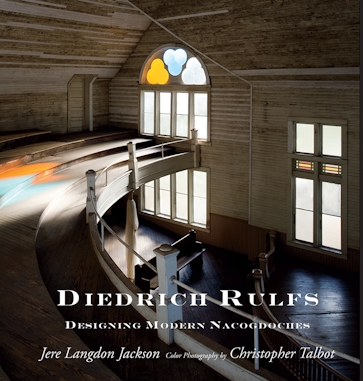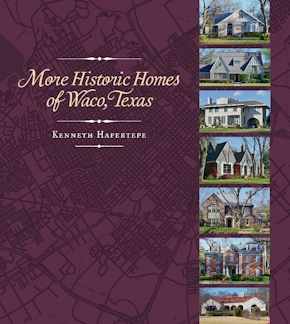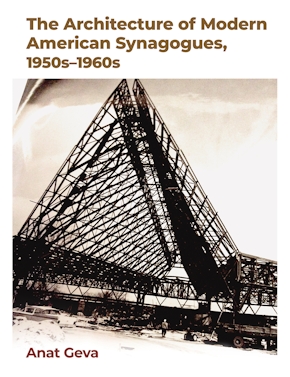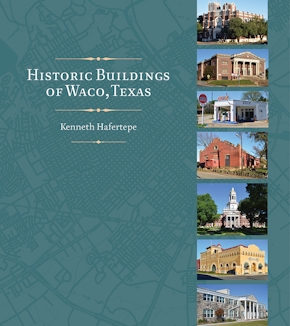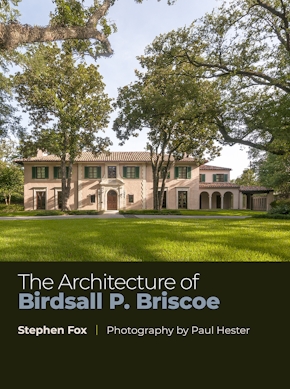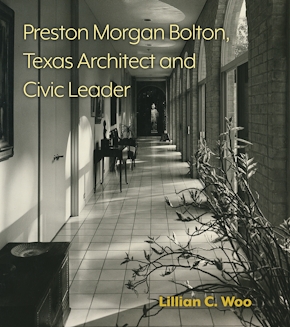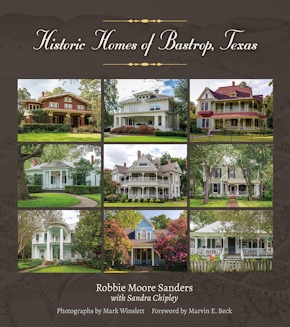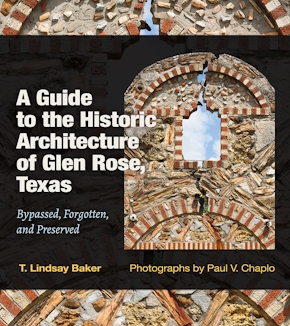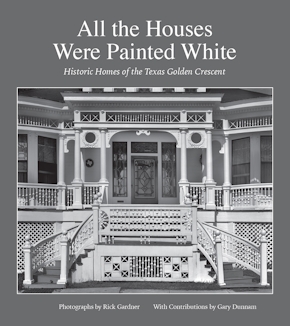Diedrich Rulfs
Designing Modern Nacogdoches
978-1-936205-17-2 Cloth
11 x 12 x 0 in
448 pp. 300 color, 150 b&w photos. 10 maps. 10 architectural drawings.
Pub Date: 07/29/2014
Available
BUY NOW
- Cloth $65.00
The substantial visual legacy of Rulfs to the history of a pioneering town can be enjoyed today. Over fifty architectural creations are extant and form the core for the city’s extensive National Registry Districts. Rulfs incorporated the motifs of his homeland along with elements from current trends in American architecture into Nacogdoches projects. He comfortably used classical and Palladian features, romantic (Gothic), flamboyant (Queen Ann), and eclectic (Mediterranean) styles.
Rulfs proved himself a master at servicing many architectural needs: modest domestic structures, commercial buildings, city blocks, hotels, elaborately fashionable mansions, churches for all denominations, and public schools. While few towns the size of Nacogdoches had, or could have supported, a talented resident architect, Rulfs returned the admiration by working flawlessly with the community. His success resided in his professionalism, his intimate knowledge of his clients, and his willingness to accommodate his designs to the needs and budgets of his patrons. Rulfs, as the architect and builder of choice in Nacogdoches between 1880 to the mid-1920s, left an architectural legacy.
About the Author
Reviews
Published by Stephen F. Austin University Press
